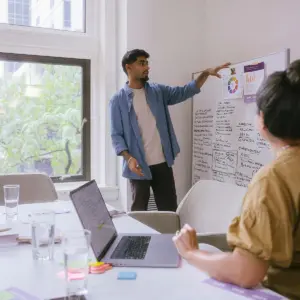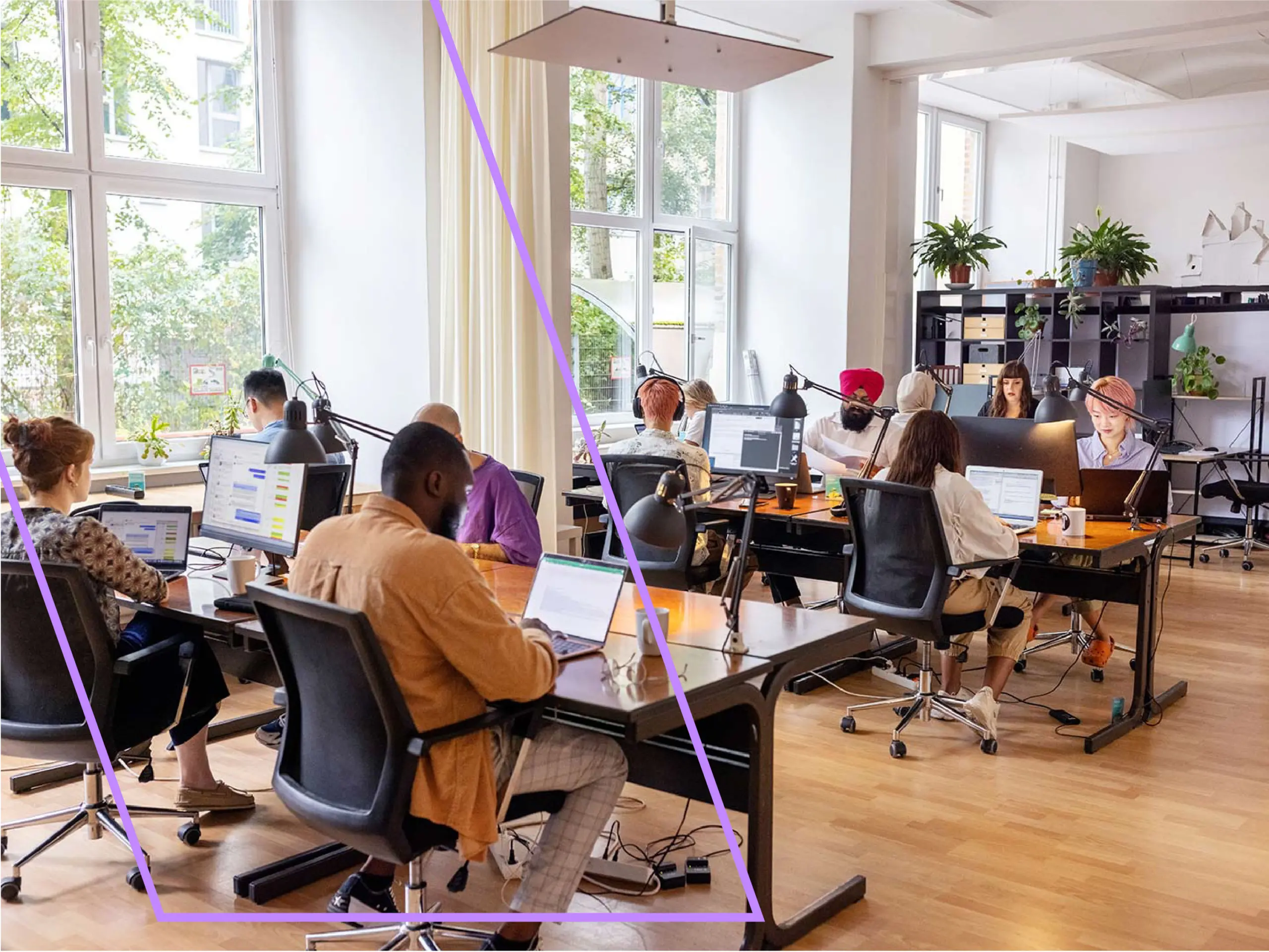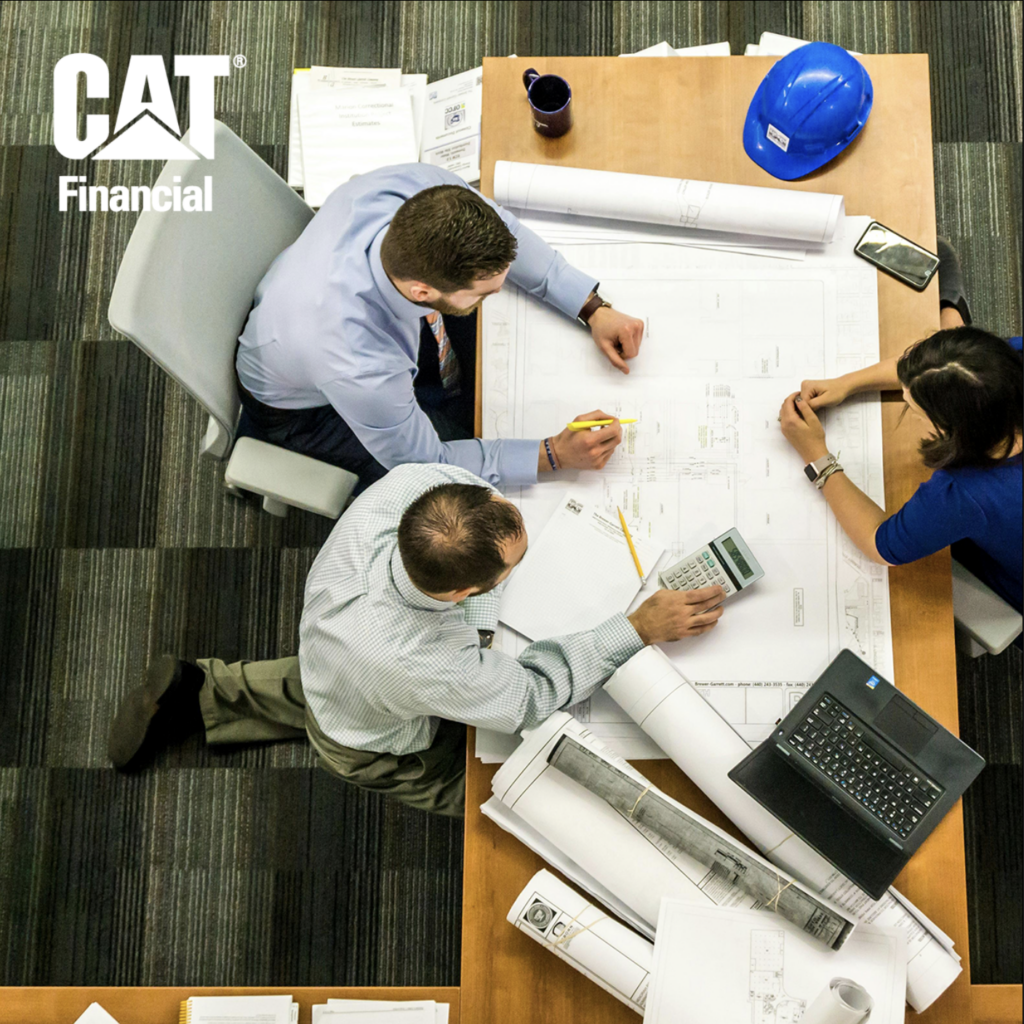Design is often the start of the process when you’re creating a product. It is the human centered, empathetic approach that allows for a strategic direction which strongly fits the “why” for whatever we need to do.
Like most industries, design is facing major changes.
“The future calls for cross-discipline collaboration, increased communication, and the ability to prepare for all possible user outcomes,” said Chris Chiles, Vervint Design Lead. Chris has been at Vervint for four years, and he worked at Visualhero prior to its acquisition by Vervint He brings his technical background to the work he does and translates that into the design and user–experience space. Chris was part of a team that recently attended the Consumer Electronics Show in Las Vegas, and I caught up with him when he returned to get some of his thoughts about where design is headed in the future.
A Cross-Disciplinary Approach Is Required
Chris summarized one of the most important trends in the future of design: Design is becoming more cross-disciplinary, and it’s increasingly about bridging multiple different disciplines together.
“One of the big themes I’m seeing in design is more thinking about the overall system versus a single product,” Chris said. “Putting a microscope on a single product typically results in a business missing out on a competitive advantage. Designers also need to be thinking about questions like, ‘How do we look at the entire system of products?’ and ‘How do we understand those products from a business perspective and technology perspective while also including some of the original frameworks of design around user experience?’”
For example, in the past, when designing an application, a designer would create a style guide that answered questions about what the interface looked like, what the buttons looked like, what the text looked like, etc. The specific focus would be on that particular application. More recently, that has evolved into integrating design systems. This requires looking more holistically within an organization. Designers ask, “what do all of this brand’s products look like?” and “how can the user experience be tailored to factor in the entire business and the entire suite of applications instead of just a single app?”
“We can no longer just focus on the visual,” Chris said. “We have to be thinking about how development will execute on it. And we need to consider if the market will receive it once it goes out in the world.”
This comes as no surprise to us at Vervint. Our standard approach for nearly every project at Vervint is cross-functional. “At Vervint, we’re pulling in people from different areas across the organization to be able to look at things,” Chris said.
“When we’re thinking about the beginning stages, if we’re not also thinking about the end of it, and how people are going to be using it, or how the market is going to take it, then we’re not solving the problem that we should be solving,” Chris said.
What Else Is Changing in Design?
Another major theme in design involves adapting to the changing ways people interact with technology. With Alexa and Google Home, for example, people are using their voice in more instances. Augmented reality (AR) is also altering how people interact with technology and adding layers of complexity to the typical user’s interaction with their screen.
“We’re all moving from being in front of a computer all day to talking to our devices to actually using our body to work with our devices,” Chris said. “As designers, we have to be thinking about those things. We’re no longer just designing for the screen or the mobile device.”
And, of course, the customer remains at the center of the effort. “Across teams, we can all align around the central question of design: what does the customer need?” Chris said.
In order to address and solve the entire problem, a greater level of communication is required, too.
Ethics in Design
Ethics is an increasingly prevalent topic in design. Decisions that organizations are making have direct (and indirect) impacts on the users of what they are creating. This requires a level of communication between teams that hasn’t existed before. Everyone involved in the process needs to understand the ethical implications of what is being designed. There are privacy and security implications, too. Simply put, there is a lot more on the shoulders of everyone involved to consider users, not just business goals.
And these concerns also affect businesses’ bottom lines. “If design has an impact on a business’ customer base because of a data breach or a privacy implication that we were unaware of, that’s going to have a greater long-term impact compared to the up-front investment in strategic thinking,” Chris said.
Experience Design
Experience design helps an organization understand who its users are so everyone can align around the goal of meeting their needs. This allows businesses to move quickly and make customers happier.
With experience design, there isn’t always a clear metric that can be measured from the impact of the experience. There is a longer term impact, where customers feel happier with the product or brand, and they feel as though the product is meeting their needs, Chris said. Funding user experience design requires understanding who your customers are so that you’re not creating a product that is misaligned. Without this, you risk creating experience that’s difficult to use or worse, creating something that customers don’t want.
Creating an experience that meets the needs of your customers can lead to increased revenue. A company can have more confidence in what they’re creating, so they don’t spend a ton of money solving the wrong problem. Finally, having a clear understanding of customers can lead to increased alignment, more efficiency, and less churn during the creation of the product.
New Tools
Chris and other designers are experimenting with new tools that facilitate cross-disciplinary approaches. “The tools we are using are becoming more collaborative,” he said. New tools allow multiple experts to work on the same design at the same time, provides developers with specifications, and more.
“The tools are starting to match where design is going as an industry,” he said.
We are Your Design Partner
At Vervint, we believe that the key to unlocking new business value is a deeper relationship with your customer. As companies navigate the shift into a digitally-native world, this can look like creating entirely new digital products and services. As you create new products, you must consider your customer’s entire journey and how these products fit into that. We are here for all of it. Contact Vervint now to get started!



